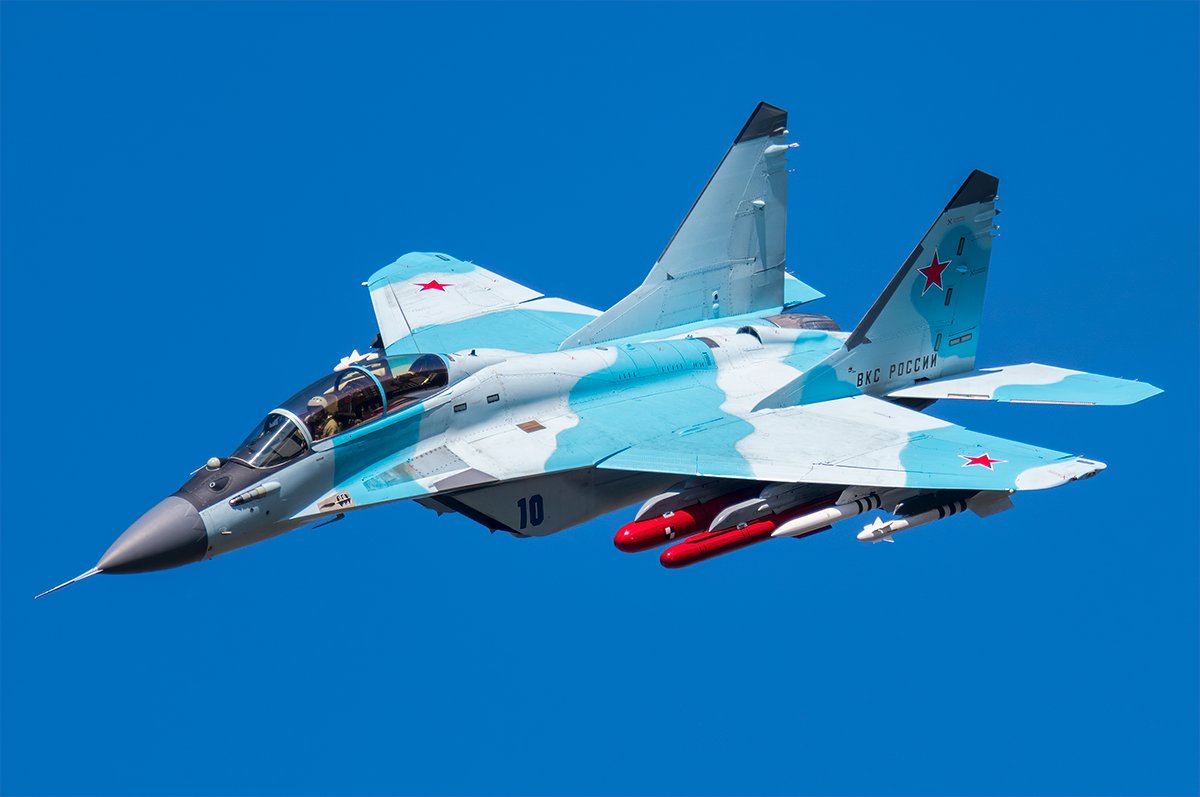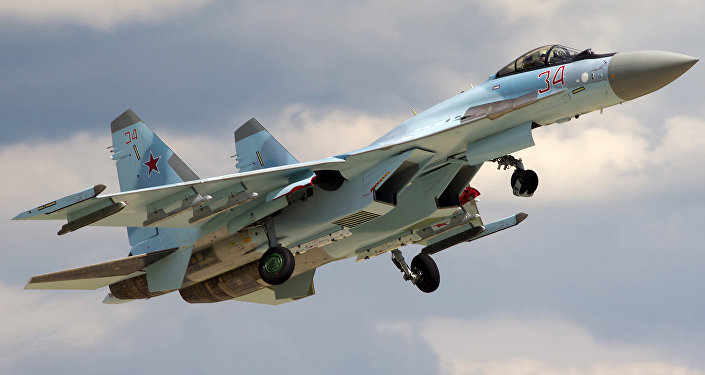In a recent report provided by the Chief of Cabinet of Ministers to the Argentine Congress, details were given on the requirements established by the Argentine Air Force and the models studied for its future supersonic multi-role fighter.
Before asking questions to the Chief of Cabinet about the future incorporation of a supersonic fighter for the Argentine Air Force (FAA), deputies of PRO (opposition party to the current Government) made the following diagnosis:
“At present, only a handful of A-4AR aircraft are in limited operational conditions. The aforementioned complement is not even a deterrent, much less sufficient to guarantee the integrity of the vast national territory.
Not only are the current capabilities patently insufficient, but they have also become dangerous for aviators, which could result in invaluable human losses of highly qualified military personnel. The situation of the equipment and its capabilities is serious and dangerous, affects the fundamental function of the force and allows the infringement of national sovereignty.”

Requirements and models considered
Eleven questions were then asked to inquire about the models, requirements and conditions that the FAA established to choose its future supersonic fighter.
The Chief of Staff indicated that the Argentine Air Force established the following requirements:
- Multi-role supersonic fighter.
- In-flight refueling capability compatible with the FAA’s existing refueling aircraft.
- Airborne electronically scanning radar (AESA).
- Tactical Data Link capability.
- Electronic self-defense capability.
- Logistic and temporal potential and projection.
- No components of British origin.
- Availability (supply) for the use of armament.
The models under evaluation are the following:
- JF-17
- F-16
- HAL TEJAS
- MIG-35
It should be noted that second-hand American F-16 fighters such as those offered by the U.S. so far, could not meet the requirements of carrying an AESA radar (unless they are aircraft upgraded to Viper standard) and that they are not compatible with the KC-130H Hercules currently employed by the FAA for in-flight refueling operations. There is also no mention of the Israeli offer for the Kfir.

The JF-17 is still the rival to beat
Several of the questions put special emphasis on the conditions of the eventual procurement of the Sino/Pakistani JF-17 Thunder Block III fighter, as had been presented in the draft budget 2022 (Decree 88/22), whose estimated value was USD 664 million.
See also: Argentina allocates 664M for JF-17 Block III purchase in FY2022

According to the information submitted by the Argentine Ministry of Defense, the bid submitted for the JF-17 weapon system complies with all the requirements established by the FAA and includes:
- Technology transfer to national companies
- Spare parts
- Simulators
- Instruction for personnel
- WS-13 engines of Chinese origin
- Ejector seat of Chinese origin
- Short- and medium-range air-to-air missiles (BVR capability)
- Ninety percent compatibility with JF-17 Block IIIs being manufactured by Pakistan for its own Air Force.
- All material is free of restrictions.
Argentine Gripen?
Then, legislators of the Production and Work party asked a curious question about the possibility of incorporating the Saab Gripen E, based on the strategic integration with Brazil.
Question) What is the degree of feasibility of technological cooperation with Brazil in the field of Defense to acquire the Saab Grippen fighter of Swedish origin (and jointly manufactured with Brazil) and if there has been any progress in the ways to settle the differences over the parts and spare parts of British origin that this aircraft has?
Answer) The Ministry of Defense informs that the Swedish Saab Grippen fighter has 11 irreplaceable British components, and due to the restrictions imposed by the United Kingdom on the transfer of military equipment and technology to Argentina, no progress could be made in the evaluation of its incorporation.
The game is still on
While it is clear that there is a higher degree of knowledge about the JF-17 than about the other weapon systems mentioned, and that negotiations with China have been more in-depth than with the other bidders, all is not yet said and done.
See also: Amid LCA Tejas negotiations, Indian delegation visited Argentinian aircraft factory
India is actively advertising its Tejas light fighter for the FAA, which was specifically mentioned in the work agenda established by the two countries to strengthen their bilateral cooperation. A visit to the facilities of FAdeA (the national company where the future FAA fighters could be assembled) has already been made by executives of Hindustan Aeronautics Limited (HAL), the manufacturer of the model, Bharat Electronics, a company dedicated to electronic and defense systems, and a representative of the Aeronautical Development Agency of India.

On the other side is the US, which will do everything possible to prevent Argentina from buying Chinese or Russian defense material, so as not to allow the establishment of military relations with its geopolitical opponents in the region. The form that the pressure/seduction tools of US diplomacy will take remains to be seen.
Given the current situation of global geopolitical tension between the great powers, the present dependence of the Argentine economy on international credit organizations (but based in the U.S.) and Argentina’s formal request to join the BRICS group of countries, it is very difficult to glimpse the origin of the Air Force’s future supersonic fighter.






